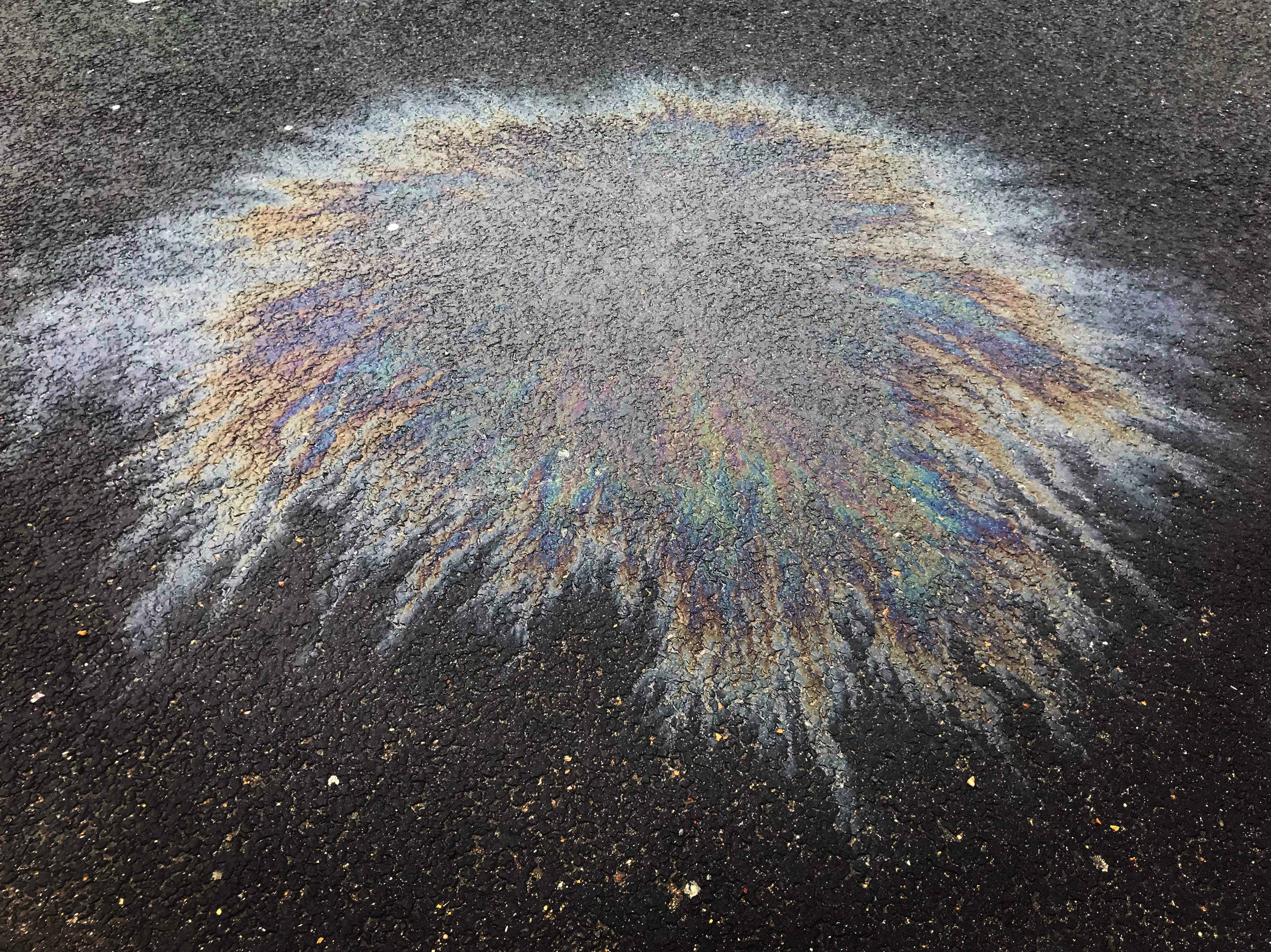

Sweet Wormwood / Sweet Sagewort / Sweet Annie
Artemisia annua
Sweet Wormwood is an annual plant that produces a single stem with alternating fern-like leaves, yellow flowers and a camphor scent when picked. The plant can grows up to 2m tall, with an average leaf measuring between 2cm – 5cm in length.
Sweet Wormwood can be easily seen growing wild in waste-land, parks and along railway tracks and roads.
Traditionally women have used several species of the genus Artemisia to treat reproductive ailments. The name of the genus comes from the Greek goddess, Artemis, known to help women during childbirth1.
Sweet Wormwood can be easily seen growing wild in waste-land, parks and along railway tracks and roads.
Traditionally women have used several species of the genus Artemisia to treat reproductive ailments. The name of the genus comes from the Greek goddess, Artemis, known to help women during childbirth1.
Traditional Uses
- Chinese used Sweet Wormwood to treat fever2
Identification
- This plant can be used in the treatment of malaria**
- Artemisin, a compound extract from this plant is the major active ingredient of anti-malaria drugs (evidence of clinical trails)
- Anti-cancer activity3, 4 (in vitro evidence)
- Anti-viral acitivity5, 4 (in vitro evidence)
Uses
- The leaves can be used in an infusion**
References
- In vitro evidence: evidence from studies using isolated components of living organisms such as cells or purified molecules
- In vivo evidence: evidence from studies with whole living organisms
- Clinical trial evidence: evidence from clinical trials conducted with humans
- Hatfield, G. Hatfield’s herbal. (Penguin/Allen Lane, 2007).
- Pizzorno, J. E. & Murray, M. T. Textbook of Natural Medicine. (Elsevier Health Sciences, 2012).
- Hoffmann, D. Medical Herbalism: The Science and Practice of Herbal Medicine. (Inner Traditions / Bear & Co, 2003).
- Krishna, S., Bustamante, L., Haynes, R. K. & Staines, H. M. Artemisinins: their growing importance in medicine. Trends Pharmacol. Sci. 29, 520–527 (2008).
- Herbal Drugs: Ethnomedicine to Modern Medicine: Ethnomedicine to Modern Medicine. (Springer, 2008).